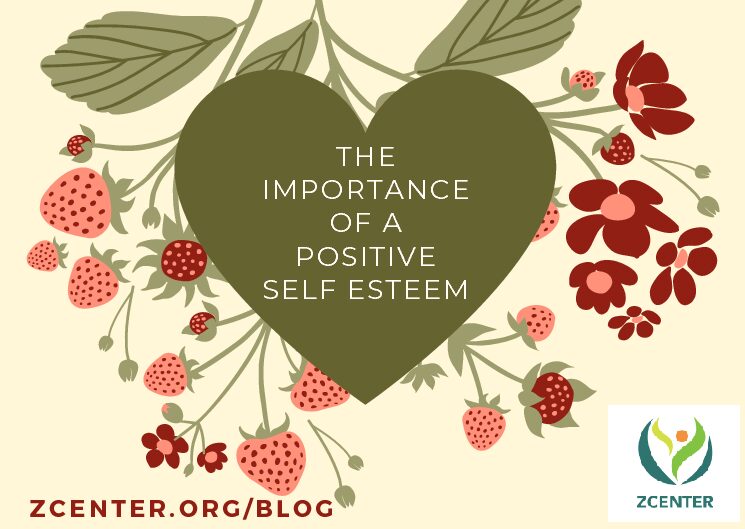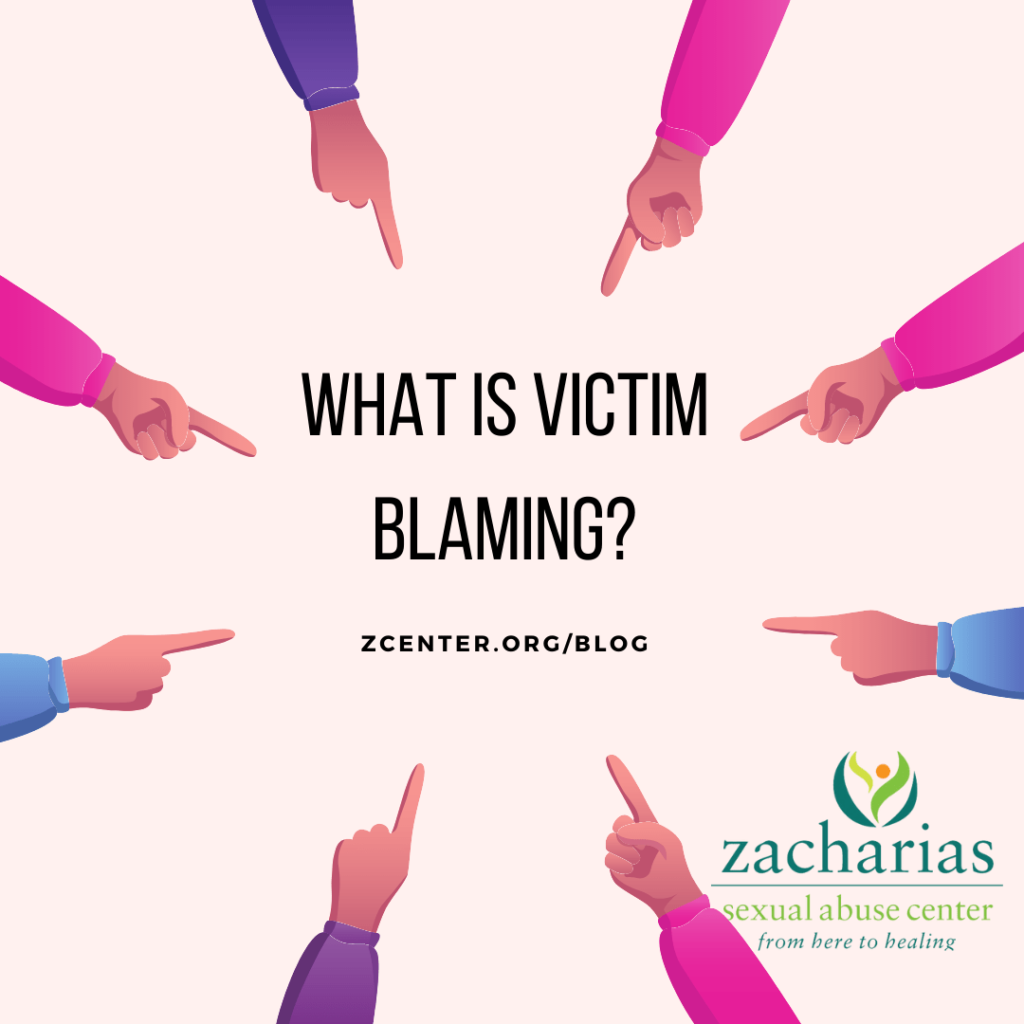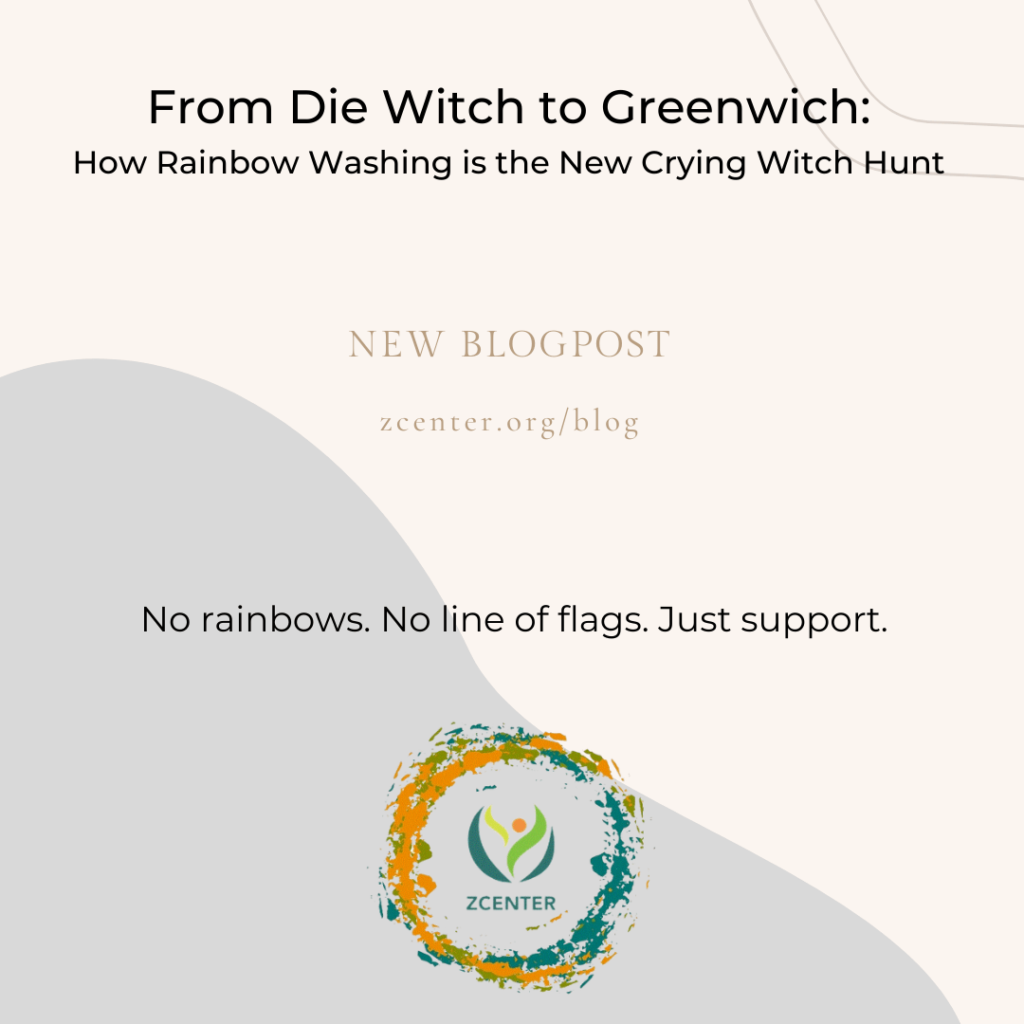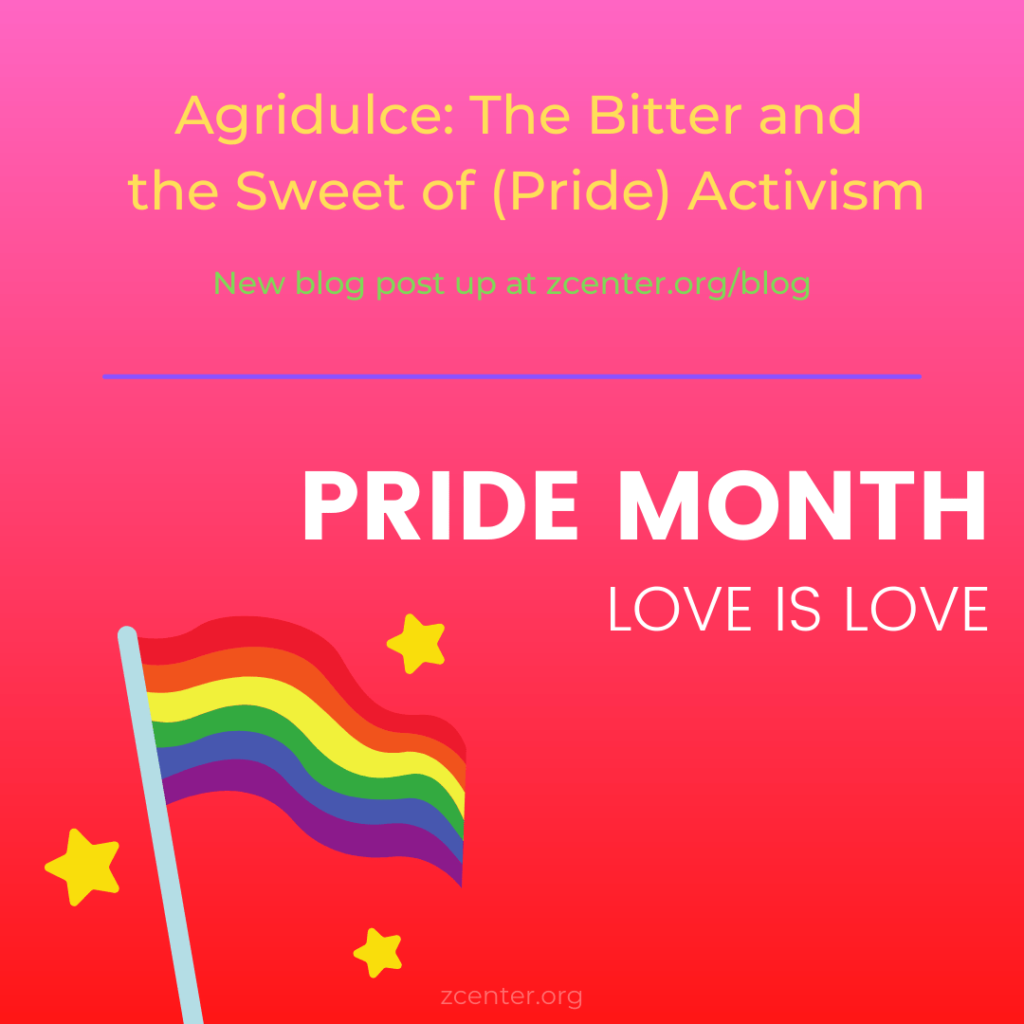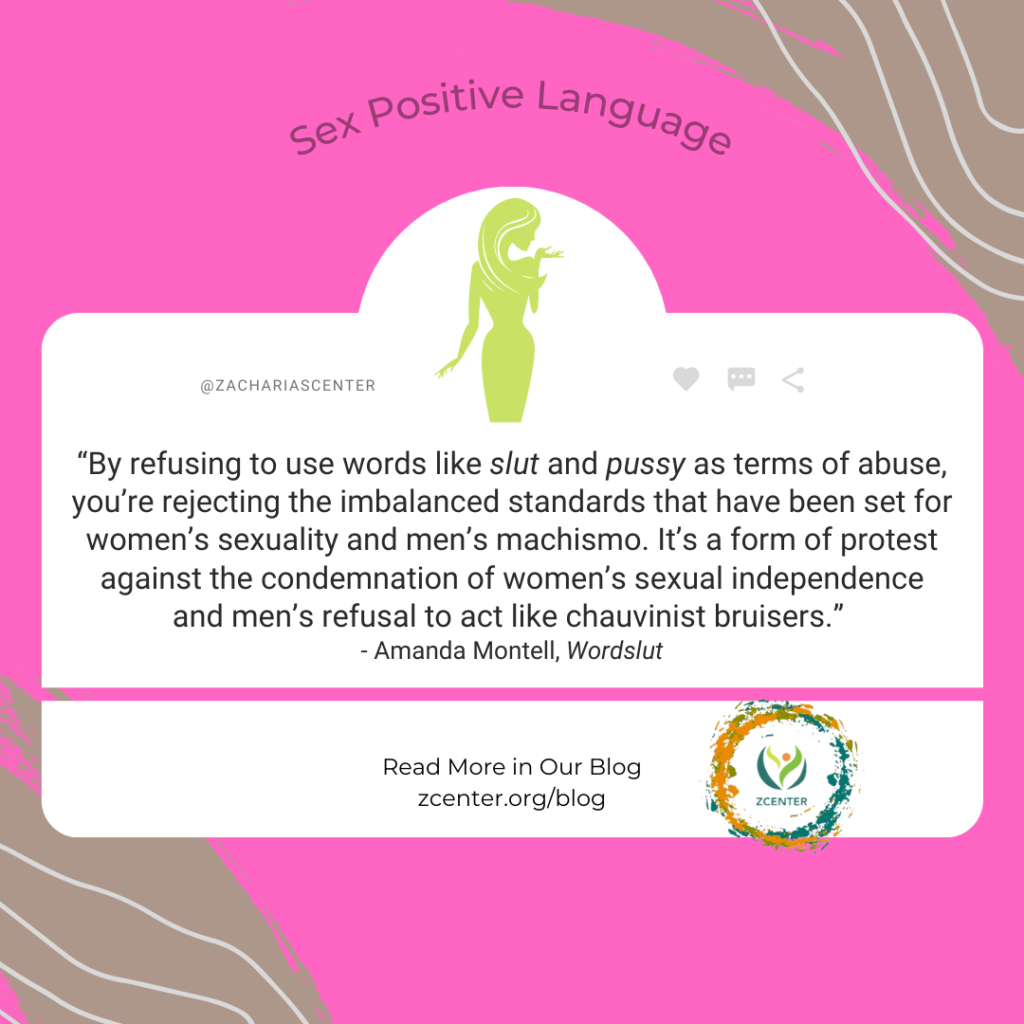The Importance of a Positive Self-Esteem
What is self-esteem? According to the American Psychological Association it is “the degree to which the qualities and characteristics contained in one’s self-concept are perceived to be positive. It reflects a person’s […]
The Importance of a Positive Self-Esteem Read More »

